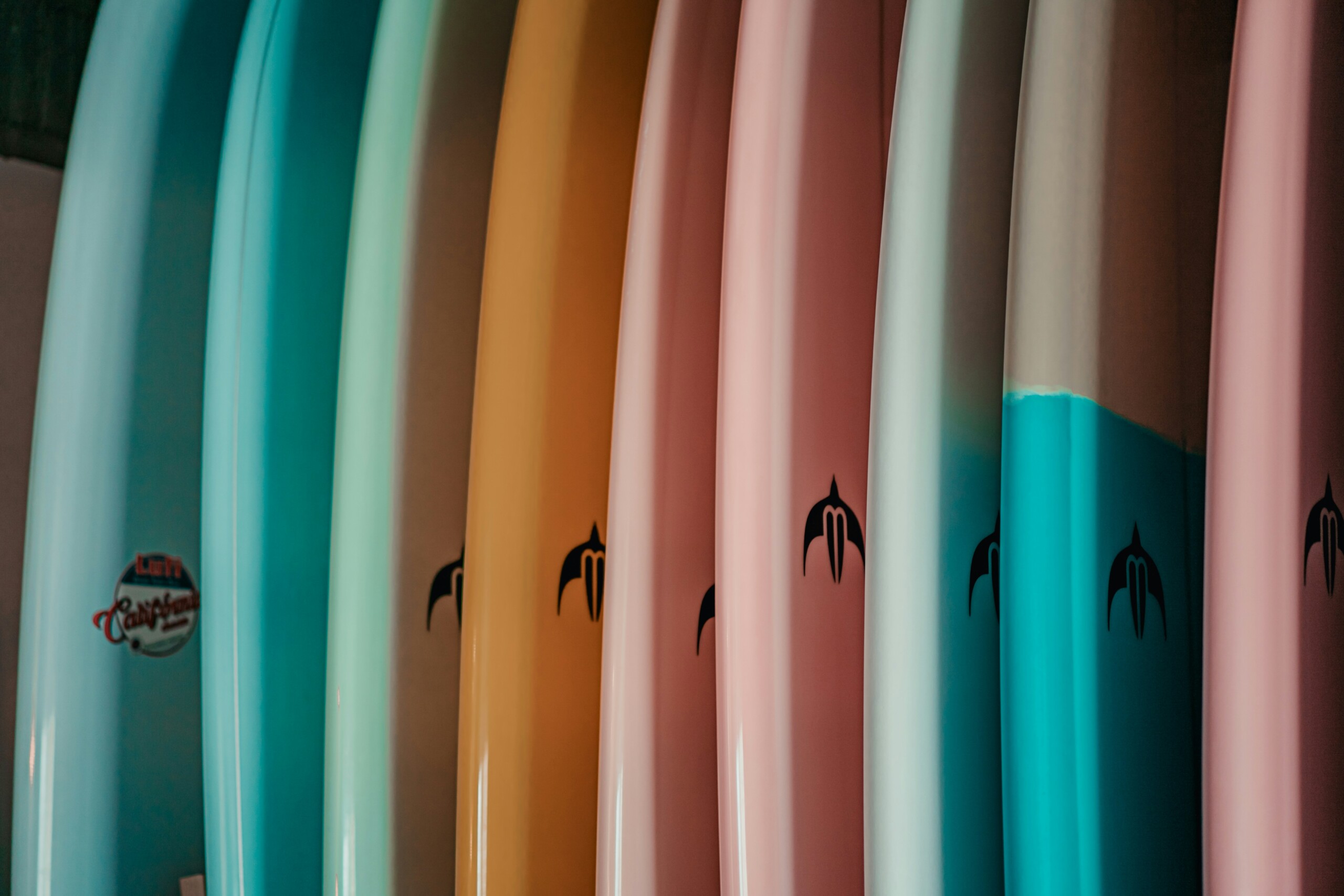When you live in a place as surf-friendly as San Diego, having a surfboard is almost a rite of passage. Whether you’re a seasoned pro or just starting your surf lessons, knowing how to properly store your surfboard is crucial to maintaining its condition and ensuring it’s ready for your next session. Here are some essential do’s and don’ts for surfboard storage.
Do’s
1. Store Your Surfboard in a Cool, Dry Place
After an exhilarating day of surfing in San Diego, your board needs a break too. Always store your surfboard in a cool, dry place away from direct sunlight. Prolonged exposure to the sun can cause the fiberglass to delaminate and the foam core to deteriorate. A shaded garage or a dedicated surfboard rack indoors is ideal.
2. Rinse and Dry Your Surfboard
Before storing your surfboard, make sure to rinse it thoroughly with fresh water to remove any salt, sand, or debris. Saltwater can corrode the board’s components over time, while sand and debris can cause scratches. After rinsing, let the board dry completely to prevent mold and mildew from forming, especially if you have a padded board bag.
3. Use a Surfboard Bag
Investing in a quality surfboard bag is one of the best ways to protect your board. A bag not only shields the board from dust and scratches but also provides extra padding against accidental knocks. For those in San Diego taking surf lessons, a bag with a shoulder strap can make transporting your board to and from the beach much easier.
4. Store Your Board Horizontally or Vertically
If you’re storing your surfboard horizontally, make sure to use a padded rack that supports the board evenly. For vertical storage, place the board on its tail, ensuring it’s stable and won’t tip over. Either method helps prevent warping and keeps the board’s shape intact.
Don’ts
1. Don’t Store Your Surfboard in Direct Sunlight
Leaving your surfboard in direct sunlight for extended periods can cause serious damage. The sun’s UV rays can weaken the board’s structure and cause yellowing. Always find a shaded area or use a cover if you need to leave your board outside for a short time.
2. Avoid Storing Your Board in High Humidity Areas
High humidity can lead to mold and mildew growth, especially on the foam and padded areas of your surfboard. Avoid storing your board in damp basements or sheds. If you live near the beach in San Diego, ensure your storage area is well-ventilated to combat the naturally high humidity levels.
3. Don’t Lean Your Board Against Hard Surfaces Without Protection
Leaning your board against hard surfaces without any padding can cause dings and scratches. Always use a towel or a padded rack to protect the board’s surface. This is particularly important if you’re learning to surf in San Diego and your board gets more frequent use.
4. Don’t Forget to Check Your Board Regularly
Even in storage, your surfboard requires periodic checks. Inspect your board for any signs of damage, like dings, cracks, or delamination. Early detection of issues can prevent more extensive repairs down the line. For those taking surf lessons, regular checks can ensure your board remains in top condition for practice.
Proper surfboard storage is essential for maintaining the longevity and performance of your board. By following these do’s and don’ts, you can ensure your surfboard is always ready for your next surf lesson in San Diego. Whether you’re storing your board for a short break or the off-season, taking the time to care for your board will keep it in great shape and extend its lifespan. Remember, a well-maintained surfboard makes for a better surfing experience, so treat your board with the care it deserves and enjoy the waves of San Diego to the fullest!











